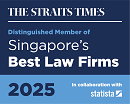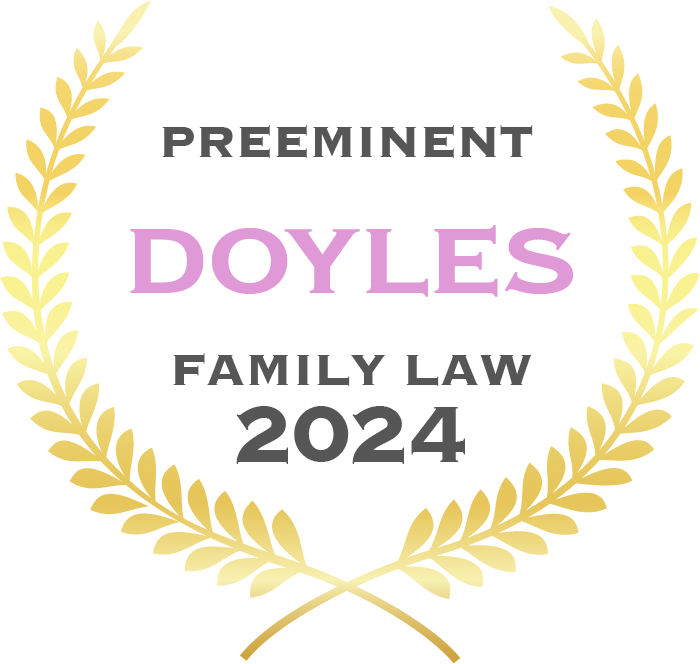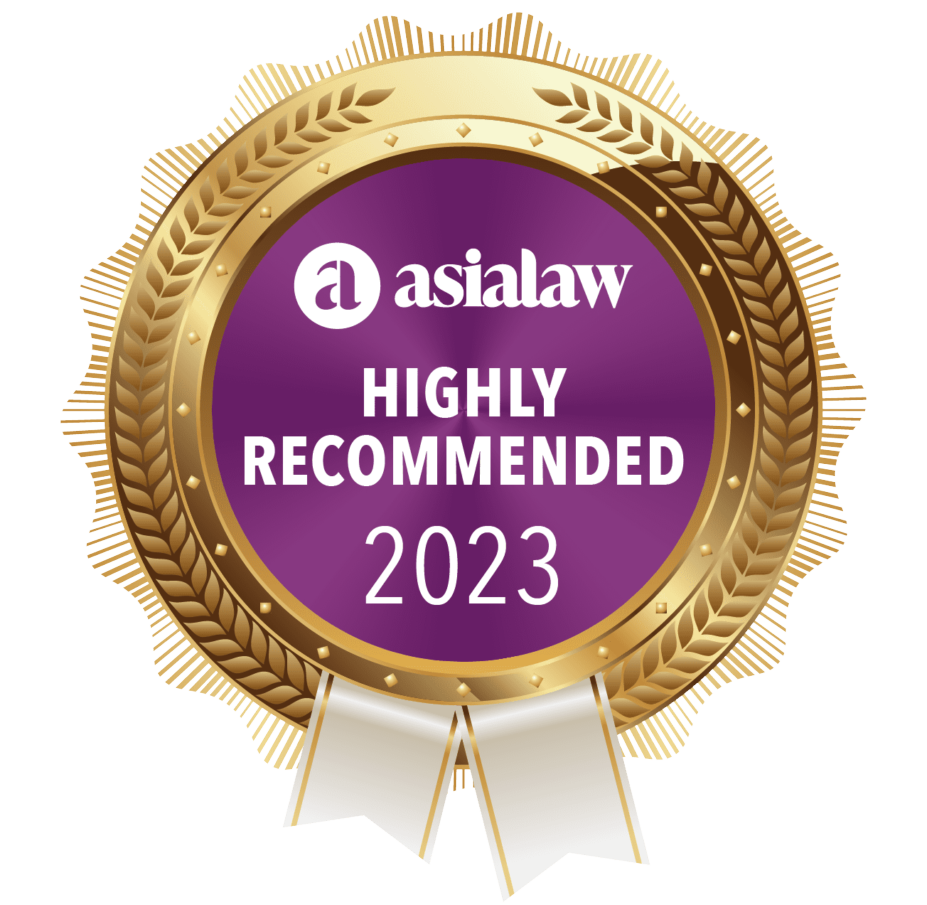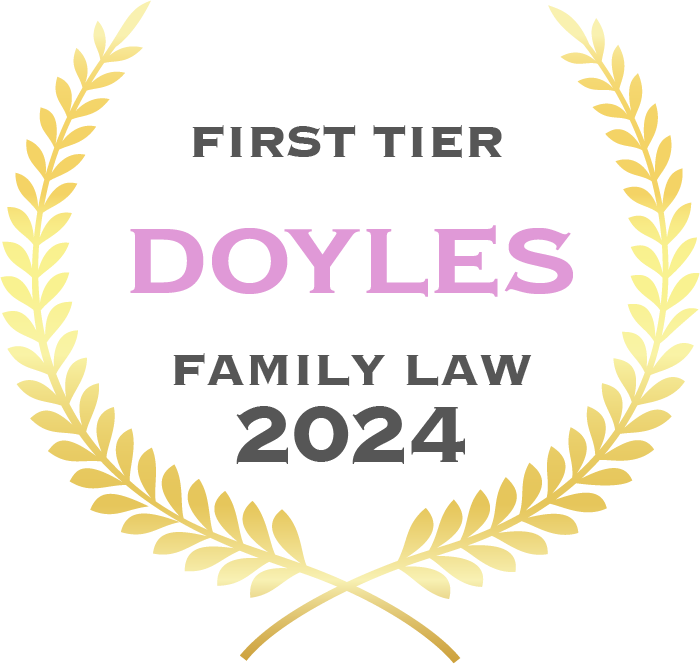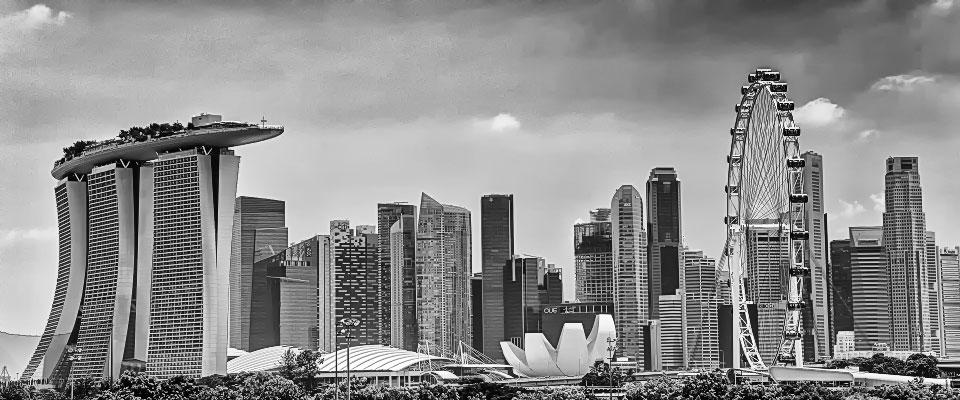Eversheds Harry Elias Partner and Head of International Arbitration Francis Goh was interviewed by The Singapore Academy of Law (SAL) on the topic of Alternative Dispute Resolution. The interview was published as an article titled “It’s ADR’s Time to Shine” on 18 july 2019.
It’s ADR’s Time to Shine
Once underrated by some quarters of the legal community, the Alternative Dispute Resolution (ADR) world in Singapore has come full circle, says Mr Francis Goh.
Reading Mr Francis Goh’s namecard, you’ll notice that below his titles at Eversheds Harry Elias sits the title “Principal Mediator (SMC)”. “Back in the day, that would have been laughed at,” recalls the 55-year-old, who is Partner at the firm and heads its International Arbitration and Private Client Advisory Practice Groups. At the same time, Mr Goh is also an Ambassador for the Singapore International Mediation Centre. “My old university mates would say to me, ‘You’re a litigator, right? So why would you be interested in mediation?’”
That was in the early 2000s, when Singapore’s mediation — and overall alternative dispute resolution (ADR) — scene was in its nascent stage. But in just two decades, attitudes have shifted considerably and ADR has become an accepted — sometimes even preferred — method of dispute resolution. Part of this change has been driven by clients themselves, says Mr Goh. “The public may not fully understand the jargon and may not be able to spell out the differences between arbitration and mediation…but they’ve always hankered for an alternative to going to court and fighting it out to the bitter end.”
This reality may be uncomfortable for some to accept, believes Mr Goh. He says that although the legal profession has largely come around to the usefulness and importance of ADR, there are still a handful of practitioners who cling to the notion that a lawyer must be a litigator, fighting it out in court. And he doesn’t blame them, since was what they were once educated to believe.
But Mr Goh saw the pitfalls of an adversarial system early into practising life in the early 1990s. Watching courtroom battles, he quickly realised that there many instances when neither party was especially happy with the court-sanctioned solution. “So I — and I suspect that many others did as well — felt that there had to be a better way.”
That alternative method presented itself in 1997, when the Singapore Mediation Centre opened. The then-Chief Justice, Justice Yong Pung How, noted that the occasion “marked a new direction for the culture of dispute resolution and the development of (Singapore’s) civil justice system”. “It really was,” agreed Mr Goh, who was an early adopter of mediation and ADR.
Having had to defend ADR in its early days means Mr Goh remains keenly aware of common misconceptions about it. For instance, he is quick to reject the notion that mediation strikes at the rice bowl of lawyers. “I think I can say this because I’ve been at both ends of the spectrum,” he says, referring to his time at small and big firms. “At the end of the day, you are doing better for your clients, saving them time and money, and gaining a reputation for doing that. You don’t have to have a case drag on for two years.”
A Maturing Market
Since its early days, mediation has grown from strength to strength in Singapore. For some, the proof of this will be the upcoming signing of the Singapore Convention on Mediation, which marks the first United Nations treaty to be named after the Republic. While Mr Goh is pleased by this, he says that the true sign of the maturing of the ADR market in Singapore is its evolution.
One of the most consequential developments in Singapore ADR in recent times has been the introduction of sector-specific protocols and schemes, among them the Singapore Infrastructure Dispute-Management Protocol (SIDP). Designed and recommended for construction or infrastructure projects of more than S$500 million, the SIDP will help construction companies avoid expensive and time-consuming court battles. Currently, such disputes make up about 40 per cent of SMC’s yearly caseload, according to The Straits Times.
“Having sector-specific ADR leads to greater efficiencies,” explains Mr Goh. “It would also show the public that there is an avenue within an industry for them to be heard. This means that disputes don’t necessarily have to be antagonistic.” However, Mr Goh warns that if improperly handled, sector-specific avenues run the risk of degenerating into being perceived as “kangaroo courts” — basically, decision making bodies with little legitimacy and authority.
The challenges of these emerging tools, as well as their opportunities and threats, will be explored in the second session of the upcoming The Big Deal: Managing Disputes in Asia. Mr Goh will lend his experience and expertise to a panel comprising CMS Holborn Asia’s Lynette Chew, SMC’s Ban Jiun Ean, Drew & Napier’s Randolph Khoo and WongPartnership’s Smitha Menon. Their conversation will be moderated by Mr Gregory Vijayendran SC, the President of the Law Society of Singapore.
Mr Goh looks forward to the session on 5 August, as he sees it as a way of imparting an important lesson to young lawyers in Singapore. “Mediation advocacy is a skill they need to fully embrace in order to reap the mindset change taking place in society,” he says, referring to widespread acceptance of ADR. It’s something he does with his team of 16 lawyers, some of whom are fresh graduates. “Practitioners have to come to terms with it. ADR is here to stay.”
Author: Singapore Academy of Law


